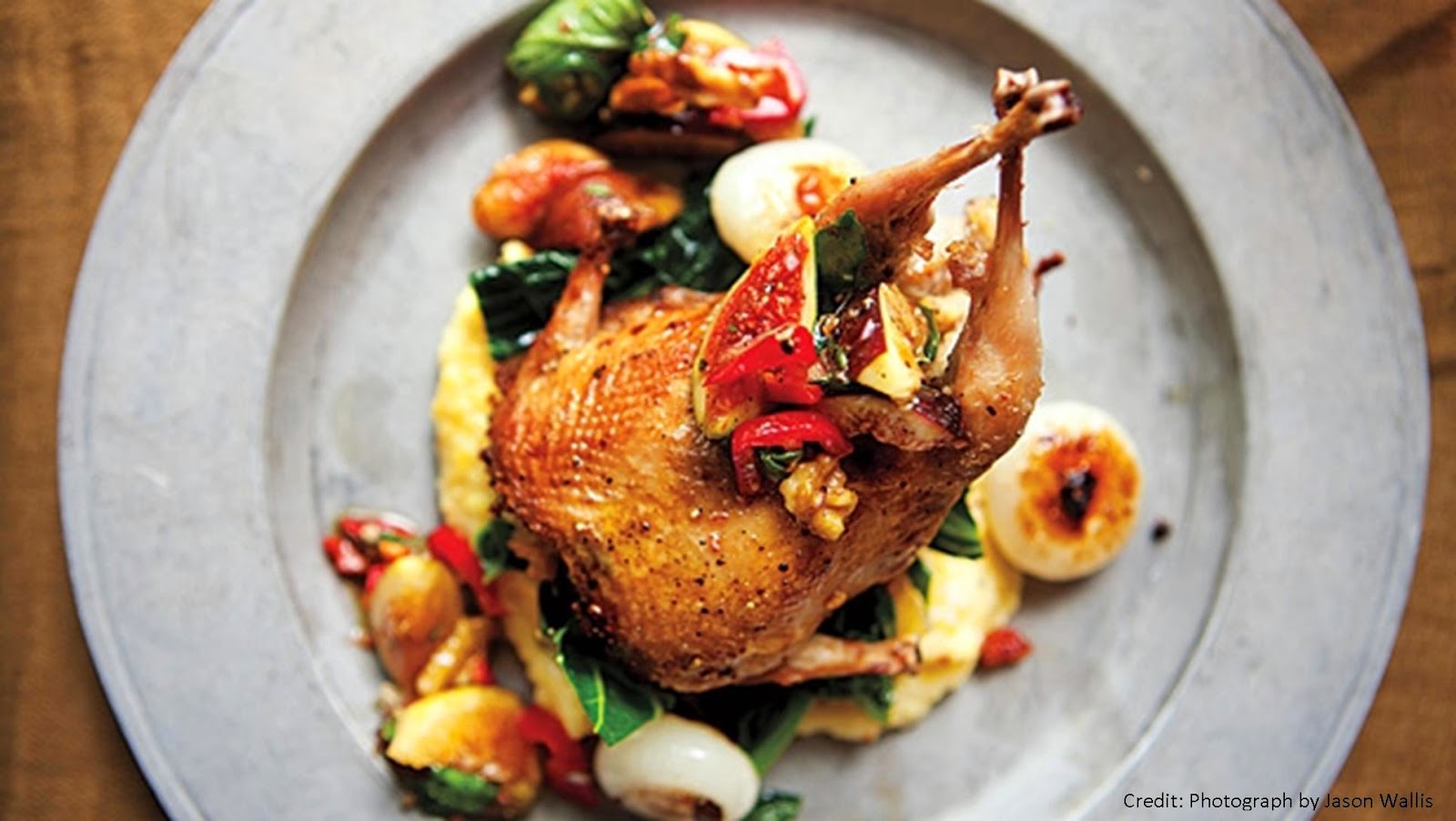.jpg) |
| There is not truth in the rumour that Carruthers was roasted for Sunday lunch (photo shows quail) |
Firstly – how lucky we are, that our ancestors had the patience and enthusiasm to breed such wonderful animals. Secondly, the care of our racehorses - as well as the preservation and development of the Thoroughbred breed – is a significant responsibility that falls on the shoulders of the industry as a whole.
That’s why, when the Horserace Betting Levy was set up in 1961, the three statutory objectives were: the improvement of breeds of horses; the advancement of veterinary science and veterinary education; the improvement of horseracing. In the last 50 years the levy has funded more than £47 million of veterinary research that has benefited Thoroughbreds and continues to provide grant funding to a variety of societies that support rare and native breeds of horses and ponies. It will be vital that, when the Government legislates for the “racing right” (intended to replace the Levy), funding for these activities continues.
Meanwhile, racecourses are also developing their services for the care of the horses running at their tracks. This was never more evident than at Aintree last weekend. The winner, who appeared to be over-heating in the wake of the race, was taken to the specially-designed area for cooling off – where the atmosphere is filled with a cool mist, circulated by giant (but quiet) fans.
Television viewers could be forgiven for wishing that Alice Plunkett (the Channel 4 presenter interviewing the winning jockey), could have ceased her questioning more quickly – but Many Clouds was in good care and had the assistance of several knowledgeable horsemen as well as vets.
Out on the course, Balthazar King was being treated after suffering a clout from another horse having fallen at the Canal Turn. The by-passing of the fence, a relatively recent innovation, enabled the assessment of his injuries to continue calmly and uninterrupted behind a screen while the race concluded. The news about Balthazar King is positive and he was reportedly led out to have a pick of grass on Wednesday.
Experiences of such events are shared throughout the sport and visitors to Cartmel may have noticed the employment of large fans and by-passing procedures in recent years. We have also adopted new methods of turf care, developed to produce consistent ground conditions that will cushion the impact of the horses hooves as they gallop, as we strive to provide the very safest racing surface possible.
In an effort to keep everyone up to date, the British Horseracing Authority have developed an excellent website: http://www.thehorsecomesfirst.com/ . Search it our for more information.
And as for Carruthers… He’s having to sing for his supper. His selection for the Coral Scottish Grand National is Cogry.

Thanks with regard to sharing ones post. . parents are worlds Best user within each lives regarding individual..they need as well as must succeed in order to sustain Specifications of your family. grand national rid
ReplyDelete